JAJSHP9E November 2007 – July 2019 VCA824
PRODUCTION DATA.
- 1 特長
- 2 アプリケーション
- 3 概要
- 4 改訂履歴
- 5 Device Comparison Table
- 6 Pin Configuration and Functions
-
7 Specifications
- 7.1 Absolute Maximum Ratings
- 7.2 ESD Ratings
- 7.3 Recommended Operating Conditions
- 7.4 Thermal Information
- 7.5 Electrical Characteristics: VS = ±5 V
- 7.6 Typical Characteristics: VS = ±5 V, AVMAX = 2 V/V
- 7.7 Typical Characteristics: VS = ±5 V, AVMAX = 10 V/V
- 7.8 Typical Characteristics: VS = ±5 V, AVMAX = 40 V/V
- 8 Detailed Description
- 9 Application and Implementation
- 10Power Supply Recommendations
- 11Layout
- 12デバイスおよびドキュメントのサポート
- 13メカニカル、パッケージ、および注文情報
パッケージ・オプション
メカニカル・データ(パッケージ|ピン)
サーマルパッド・メカニカル・データ
発注情報
7.7 Typical Characteristics: VS = ±5 V, AVMAX = 10 V/V
At TA = 25°C, RL = 100 Ω, RF = 402 Ω, RG = 80 Ω, VG = 1 V, and VIN = single-ended input on +VIN with –VIN at ground, unless otherwise noted.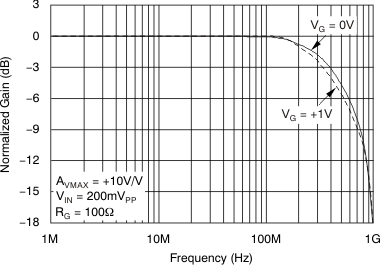 Figure 23. Small-Signal Frequency Response
Figure 23. Small-Signal Frequency Response 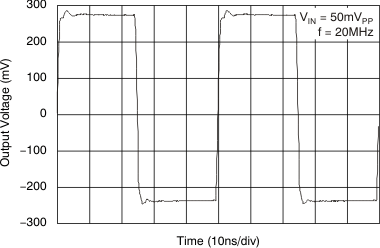 Figure 25. Small-Signal Pulse Response
Figure 25. Small-Signal Pulse Response 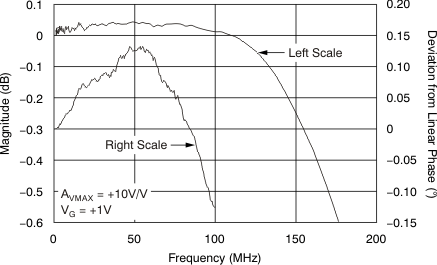 Figure 27. Gain Flatness, Deviation from Linear Phase
Figure 27. Gain Flatness, Deviation from Linear Phase 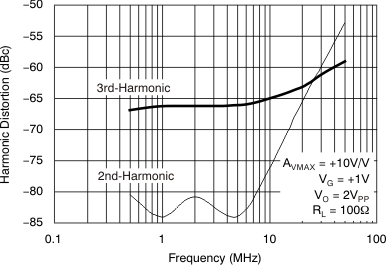 Figure 29. Harmonic Distortion vs Frequency
Figure 29. Harmonic Distortion vs Frequency 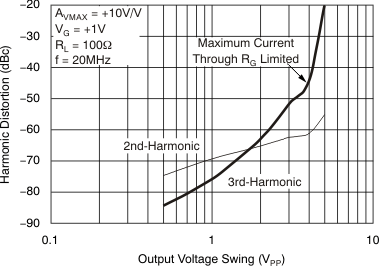 Figure 31. Harmonic Distortion vs Output Voltage
Figure 31. Harmonic Distortion vs Output Voltage 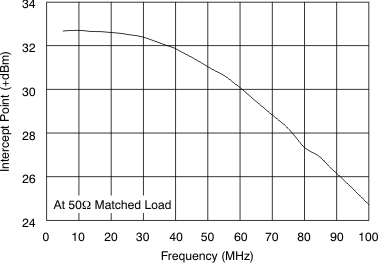 Figure 33. Two-Tone, 3rd-Order Intermodulation Intercept
Figure 33. Two-Tone, 3rd-Order Intermodulation Intercept 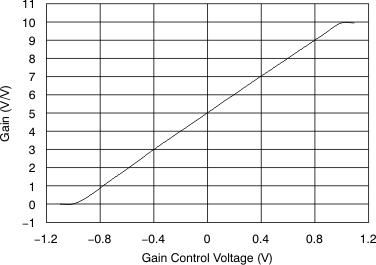 Figure 35. Gain vs Gain Control Voltage
Figure 35. Gain vs Gain Control Voltage 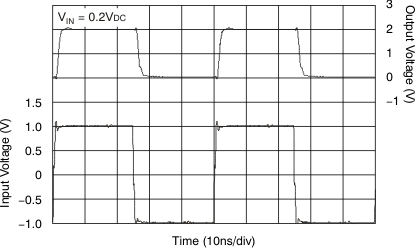 Figure 37. Gain Control Pulse Response
Figure 37. Gain Control Pulse Response 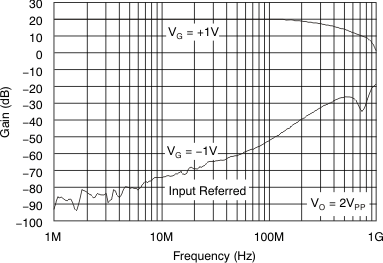 Figure 39. Fully-Attenuated Response
Figure 39. Fully-Attenuated Response 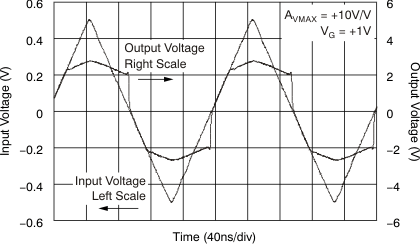 Figure 41. Output Limited Overdrive Recovery
Figure 41. Output Limited Overdrive Recovery 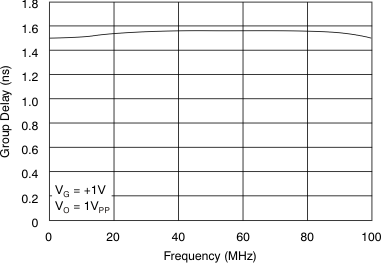 Figure 43. Group Delay vs Frequency
Figure 43. Group Delay vs Frequency 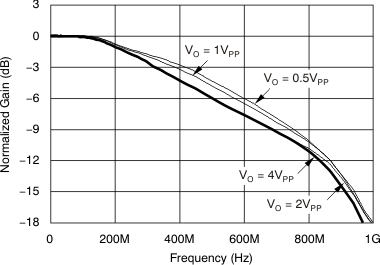 Figure 24. Large-Signal Frequency Response
Figure 24. Large-Signal Frequency Response 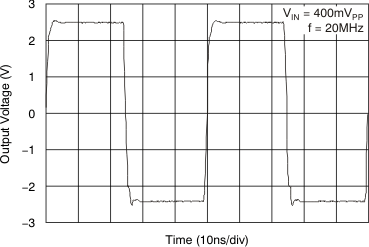 Figure 26. Large-Signal Pulse Response
Figure 26. Large-Signal Pulse Response 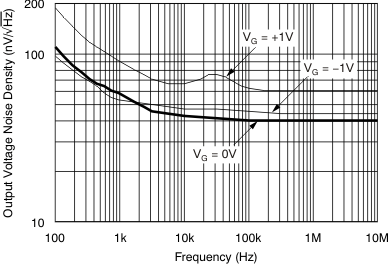 Figure 28. Output Voltage Noise Density
Figure 28. Output Voltage Noise Density 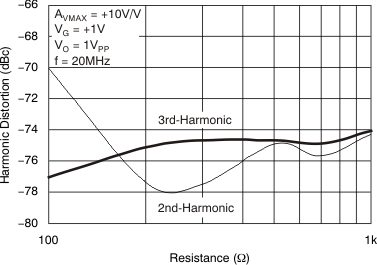 Figure 30. Harmonic Distortion vs Load Resistance
Figure 30. Harmonic Distortion vs Load Resistance 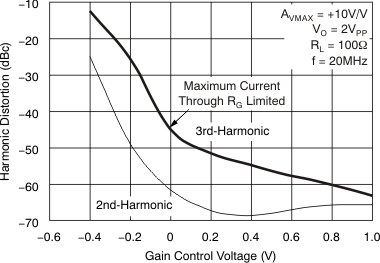 Figure 32. Harmonic Distortion vs Gain Control Voltage
Figure 32. Harmonic Distortion vs Gain Control Voltage 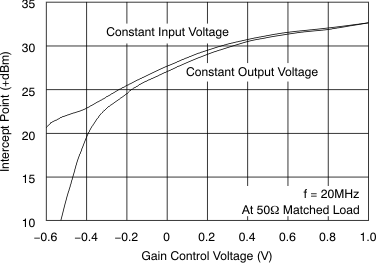 Figure 34. Two-Tone, 3rd-Order Intermodulation Intercept vs Gain Control Voltage
Figure 34. Two-Tone, 3rd-Order Intermodulation Intercept vs Gain Control Voltage 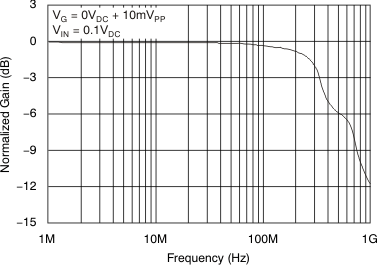 Figure 36. Gain Control Frequency Response
Figure 36. Gain Control Frequency Response 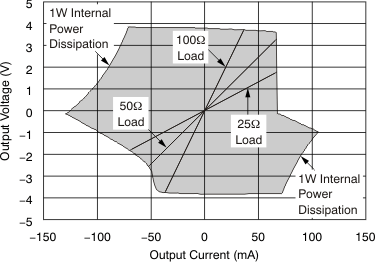 Figure 38. Output Voltage and Current Limitations
Figure 38. Output Voltage and Current Limitations 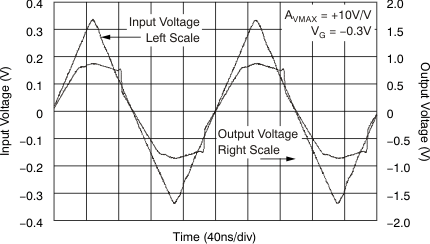 Figure 40. IRG Limited Overdrive Recovery
Figure 40. IRG Limited Overdrive Recovery 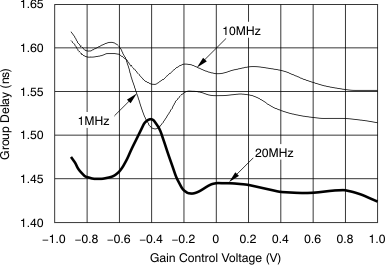 Figure 42. Group Delay vs Gain Control Voltage
Figure 42. Group Delay vs Gain Control Voltage